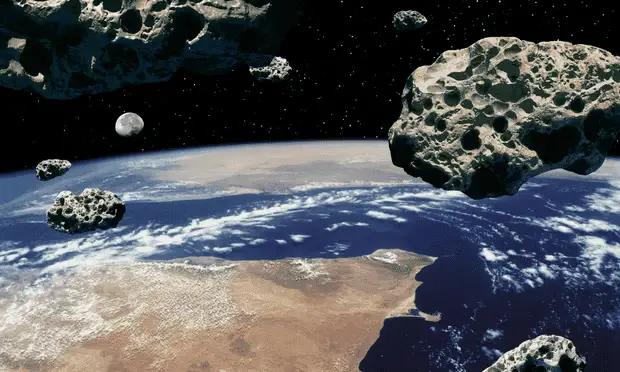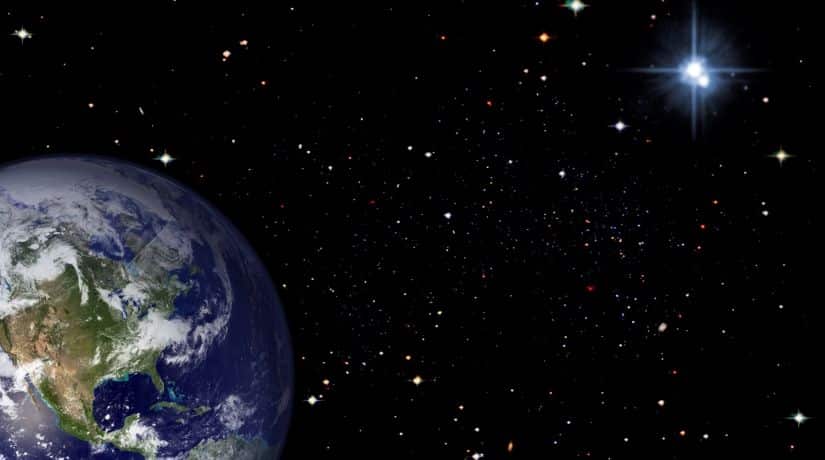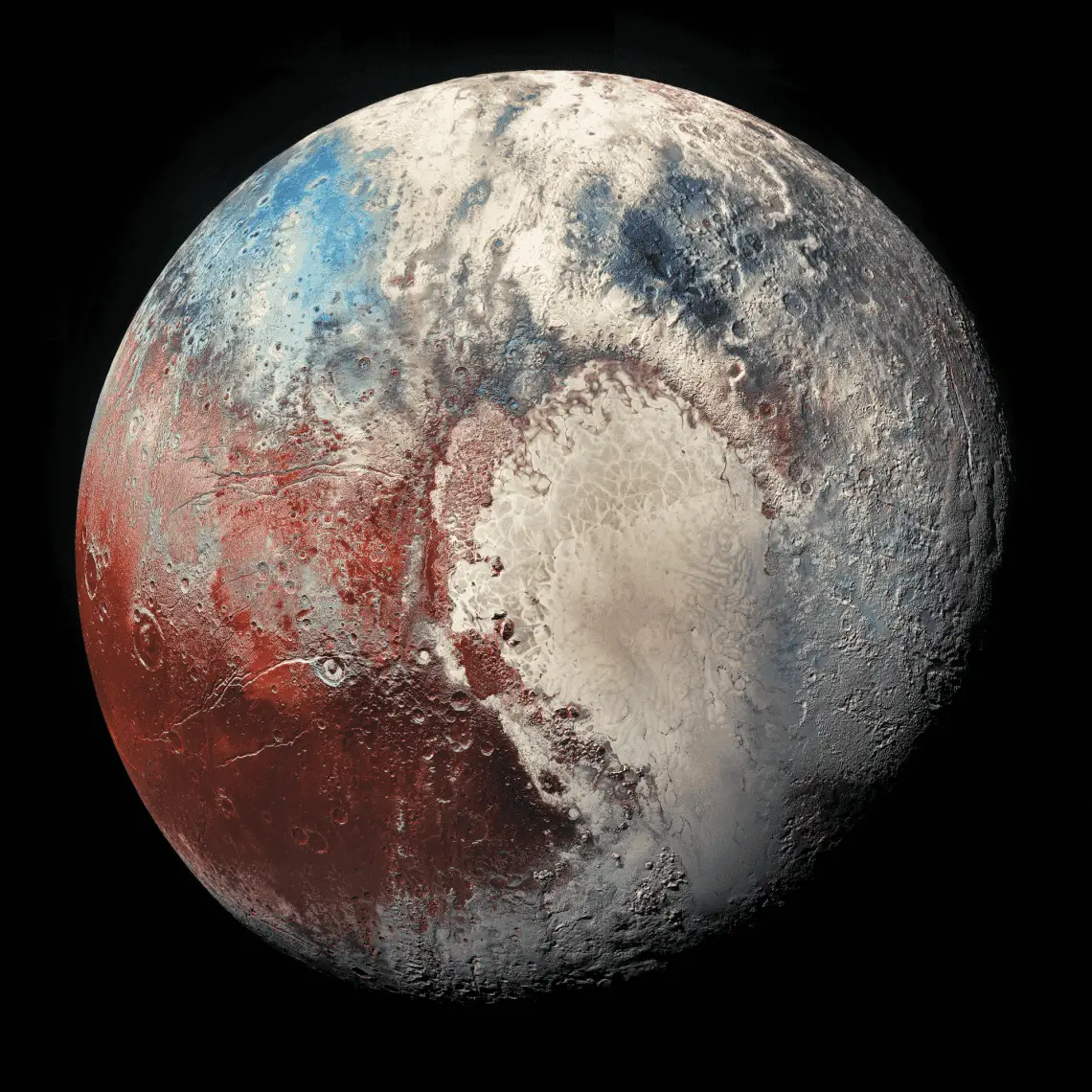Humanity’s ambition in exploiting the universe has no limits. Explore the limitless possibilities of Outer Space Material—a testament to humanity’s ambitious pursuit of unlocking the universe’s vast resources. Delve into the exciting realm of space exploration, where innovative technologies are poised to harness and utilize celestial materials for the betterment of our future.”
Thank you for reading this post, don't forget to subscribe!Humanity’s ambition to outer space material
With the amount of mineral resources on Earth increasingly depleted and at risk of disappearing completely, people have begun to prepare for mineral mining projects in outer space. Many economic experts also predict that this could become a market worth hundreds of trillions of dollars in the future, especially with the appearance of rare earth elements.
From ground to space
Rare earth ores contain 17 elements that are present in very small concentrations in the Earth’s crust, such as Yttrium and lanthanum. They are in the middle of the periodic table of chemical elements and the first rare earth elements were discovered in 1787.

During the past four decades, the special physical and chemical properties of rare earth materials have been the center of research, innovation and invention with many technical applications from macro to micro and nano for many applications. various industries: chemical catalysis in the oil refining industry, pollution testing in the car industry, ceramic linings for jet engines, permanent magnets for magnetic applications… and of course in other industries lighting, metallurgy, electronics, in military engineering from radar screens to lasers and missile control systems.
Faced with increasingly fierce competition in finding mineral reserves, exploiting rich resources on the moon and Mars is a new trend for the world’s big players in the mining industry.
Trillion USD market – no longer a dream
The applications of rare earth elements are extremely widespread, but their prices remain very high despite repeated adjustments thanks to the discovery of additional reserves and improvements in production technology.
The price of Neodymium, an element needed for products such as headphones and hybrid cars (running in parallel with two fuels), has reached 283 USD/kg, although a year ago its price was only about 42 USD/kg. Samarium, a key element for rocket production, has climbed to 146 USD/kg from 18.5 USD/kg a year ago.
Although their prices are very high, due to their non-toxic nature and irreplaceable physical and chemical properties, rare earth elements still dominate many high-tech applications.
Currently, rare earth reserves worldwide are about 99 million tons and with the current rate of technological development, some experts have predicted that in just 50-70 years, humanity will consume all the reserves. This. Therefore, finding space mining resources becomes quite an important issue.
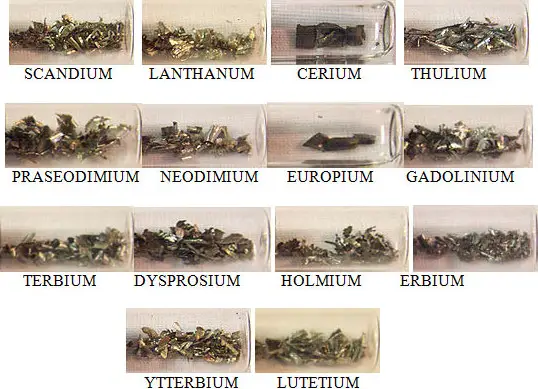
Rare earth elements on Earth.The United States Geological Service has collaborated with NASA to build a website that evaluates the economic potential of more than 600 thousand asteroids and meteorites present in the Solar System and it is named Asterank. Scientists from both agencies have estimated the value of the minerals these asteroids hold and how much of them humans are capable of exploiting.
Profits from mineral exploitation on meteorites are extremely attractive. According to experts’ estimates, a meteorite in our Solar System – like meteorite 241 Germania , could contain minerals worth up to 95 trillion USD , nearly equal to the total income of the entire world in the past. one year.
The leading names in bringing this huge amount of minerals to the ground are two US-based companies, Planetary Resources (PR) and Deep Space Industries (DSI). These two companies have poured many millions of dollars into researching and manufacturing ships to exploit the space environment, and they have even invested a lot in the Asterank website.
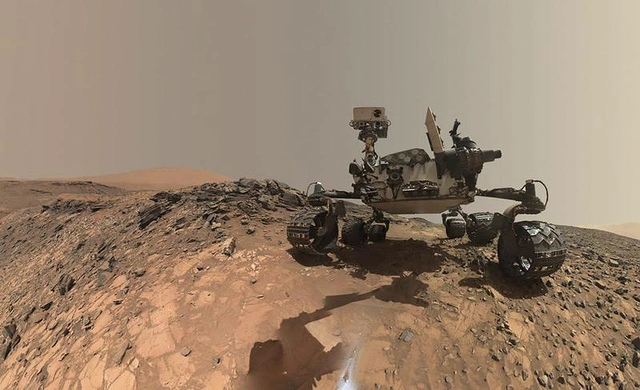
Exploration robot collects the surfaceHowever, DSI is not the only company to come up with the idea of mining minerals on meteorites. The director of the movie Avatar, James Cameron , along with Google bosses Larry Page and Eric Schmidt, publicly supported Planetary Resources (PR)’s meteorite mining project. Even British billionaire Richard Branson also expressed his desire to invest in PR financially.
Planetary Resources is rushing to complete the Arkyd mining ship project to catch up with DSI. If DSI’s projects will rely on fossil fuels, possibly nuclear energy in the future, Arkyd is relatively friendly when it only uses solar energy. Currently, a sample version of Arkyd has been sent to the ISS international space station and will be tested later this year.
Mining outer space material: Possible does not mean easy
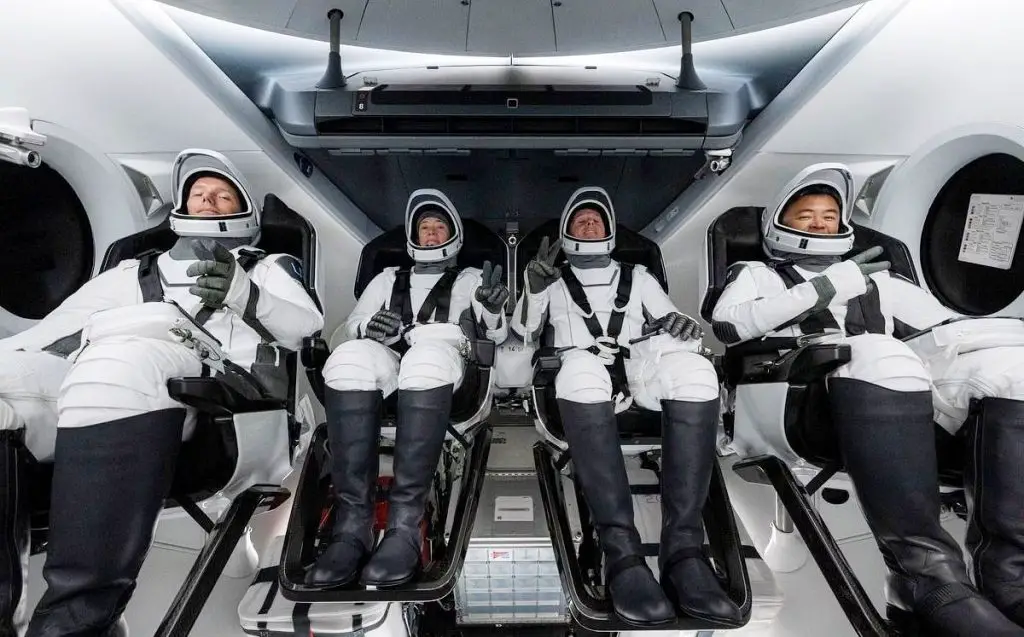
SpaceX's Dragon 9 is ready to take off to take astronauts to the International Space StationNASA said launching spacecraft to 1,700 near-Earth asteroids is much easier than flying to the Moon. However, many space scientists have warned that mining Outer Space Material, although feasible, will be difficult to become a commercial industry at least after a few decades. The main reason is that the current cost of launching spacecraft is still too expensive and resources on Earth have not been completely exhausted.
Not to mention the actual mining costs for ore mines like this really make many people think twice about going into space to dig mines. Time magazine said that according to a report by the Keck Institute for Space Research, the cost to exploit 500 tons of minerals is about 2.5 billion USD. Even Barclays Financial Firm and the Financial Times newspaper have made a comparison that for space mining to be profitable, one gram of gold must be traded for about 20 million USD instead of 1160 USD today.
Epilogue
The idea of mining minerals in space is like sending people to outer space, it is full of newness, boldness and humans are completely capable of doing it. But once again we have to ask the question: “Isn’t it enough to exploit the Earth to the point of exhaustion? We also want to do it in space?” Perhaps instead of focusing on exploiting everything we can, we should learn how to use them properly before it’s too late.

